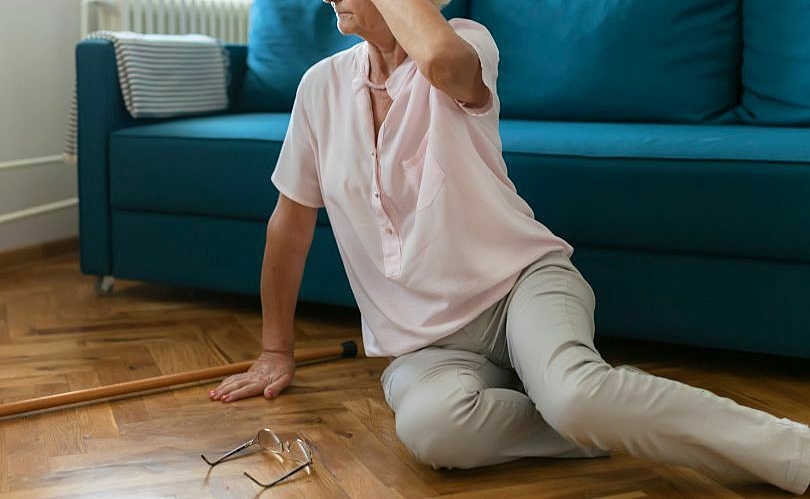- NeuRA researchers have helped shape new Falls Guidelines released by the Australian Commission on Safety and Quality in Health Care.
- Falls are the leading cause of injury hospitalisations and leading cause of injury deaths in older Australians.
- The update of the 2009 Guidelines are based on latest scientific evidence and focus on interventions to support prevention
New Falls Guidelines focus on improved interventions to tackle the issue increasingly impacting older Australians, in a move welcomed by falls prevention researchers.
Researchers from Neuroscience Research Australia (NeuRA) worked with the Australian Commission on Safety and Quality in Health Care to update the guidelines which were originally published in 2009.
Senior Research Scientist at NeuRA’s Falls, Balance and Injury Research Centre, Associate Professor Jasmine Menant, was on the team that worked on the five-year project.
“Falls have a big impact on individuals, as the consequences can be life-changing, from injury, to early admission into residential aged care or even mortality,” Assoc Prof Menant said.
“They also have a big impact on our economy, with falls of Australians aged over 65 years old costing the health system more than $2.8 billion annually.
“The Falls Guidelines (2025) combined research, community consultation and more to develop recommendations and best practice for a range of settings.”
The updated guidelines consider three key settings, with guidelines developed for residential aged care, community care and hospitals.
“We’re really pleased to see these updated guidelines released and ready to be applied,” Assoc Prof Menant said.
“The guidelines build on our work at the Falls, Balance and Injury Research Centre, by translating the highest level of scientific evidence into effective fall prevention initiatives into evidence-based guideline care.
“They recommend a tailored approach with different interventions to different people, according to whether they have fallen in the recent past and what additional individual risk factors they have.”
Assoc Prof Menant said the guidelines continued to address the three settings where falls may occur, and looked at the importance of interventions, not just risk assessments.
“For all settings there is an emphasis on implementation of interventions rather than assessment of risk,” Assoc Prof Menant said.
“For example, in residential aged care, there is stronger evidence to support the ongoing delivery of exercise for fall prevention, and in the community, highlighting different approaches to intervention for people with different levels of risk.”
The Australian Commission on Safety and Quality in Health Care Best Practice Guidelines for Prevention Falls and Harm from Falls in Older People (Falls Guidelines) can be found here..






